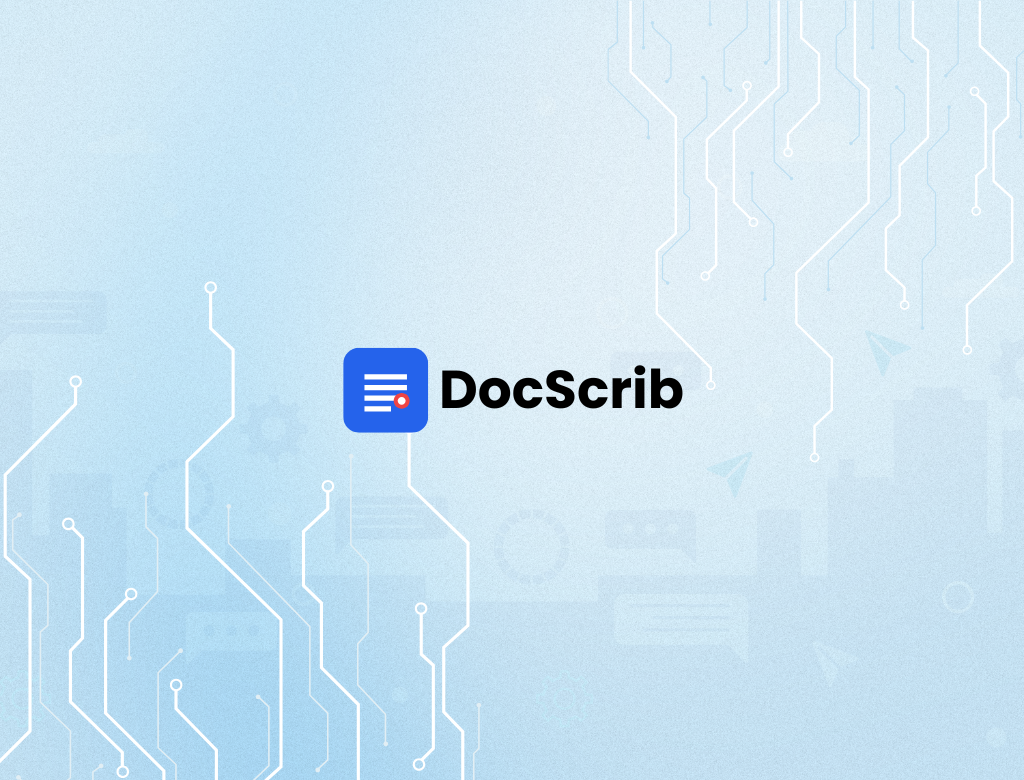Introduction
AI-powered scribes are quickly reshaping healthcare documentation—but quality varies. Leading platforms—including Soaper, Heidi, and Doximity—are adopting standardized evaluation frameworks like PDQI‑9 and DeepScore to ensure AI-generated notes not only sound clinical but perform clinically.
1. Why Automated Note Accuracy Falls Short
Traditional metrics like word error rate capture transcription fidelity—but miss document quality factors: relevance, clarity, usefulness. PDQI‑9 addresses this by scoring notes on nine dimensions—accuracy, thoroughness, organization, succinctness, clarity, and more.
2. What’s PDQI‑9 & How Competitors Use It
-
PDQI‑9 (Physician Documentation Quality Instrument – 9 items) rates notes on a 5‑point scale across nine categories.
-
In one ambiant AI pilot, providers scored notes at an average 48/50 using a modified PDQI‑9 after 303k+ patient encounters—demonstrating real-world viability.
3. Introducing DeepScore & Other Smart Metrics
-
DeepScore combines ML models to deliver a composite quality score, tracking factors like coherence, completeness, and factual integrity .
-
Recent research shows AI scribes scoring 4.20/5 vs. 4.25/5 for clinician notes—an impressively tight margin.
4. Why This Matters for Providers & Admins
-
Ensures clinically suitable documentation, beyond grammar or format.
-
Drives provider trust, addressing fears of hallucination or omission.
-
Supports compliance & reimbursement, with documentation quality tied to audits and billing accuracy.
5. DocScrib’s Quality-First Advantage
-
Built-in evaluation tools: Upload and score AI notes using PDQI‑9 or DeepScore.
-
Continuous auditing: Monthly or quarterly reviews to detect drift and improve templates.
-
Editable templates & adaptive learning: DocScrib refines notes based on real-time evaluation feedback.
-
Performance Dashboard: Track quality scores, note completion time, revisions, and ROI over time.
6. Step‑by‑Step Toolkit: Evaluating Your AI Scribe
-
Download AI & human-created note samples across specialties.
-
Score using PDQI‑9 & DeepScore tools.
-
Compare results to set benchmarks (e.g., ≥4.0/5).
-
Identify weaknesses—gaps in clarity, omissions, organization.
-
Update DocScrib templates and retrain adaptive model.
-
Rinse and repeat every quarter to maintain high standards.
Conclusion
As AI scribes proliferate, quality control becomes essential. PDQI‑9 and DeepScore offer validated, clinician-centric frameworks to ensure AI tools complement—not compromise—clinical care. With DocScrib, you’re not just automating notes; you’re measuring and maintaining high-quality, trustworthy documentation.
